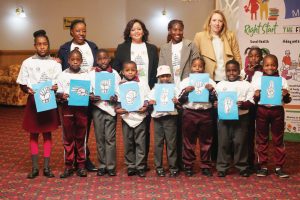
RightStart ECD Programme to build futures from the start
Namibia relaunches the RightStart Early Childhood Development Programme to boost early learning, child nutrition, birth registration and family support, ensuring every child has the right
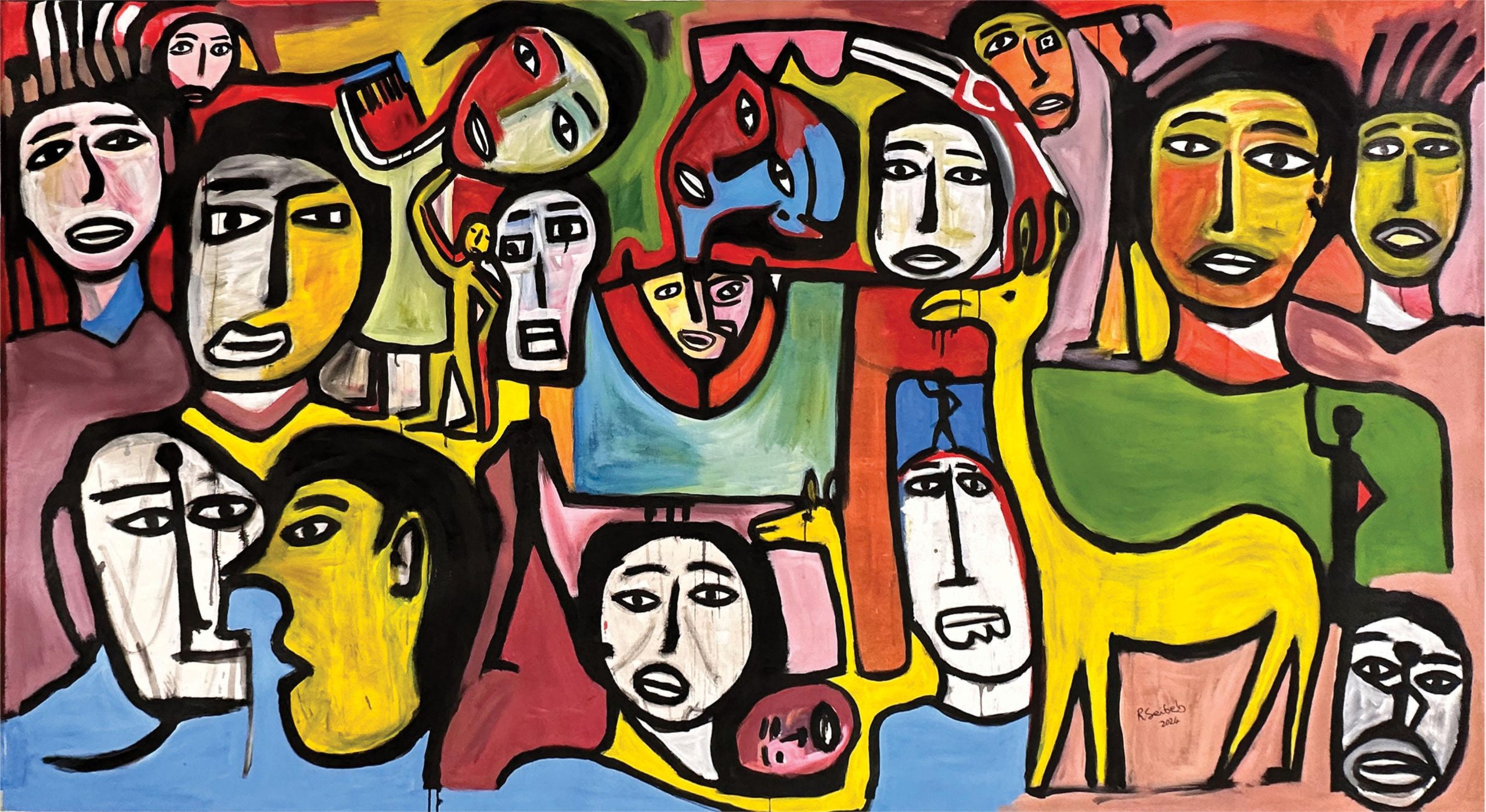
By Laschandre Coetzee
In Kom Nader, Rudolf Seibeb reflects on the shifting realities of age, vision and human experience. Drawing from his own experiences of ageing and the progress of life, Rudolf’s vivid works remind us to embrace rather than reject the passage of time, using his changing vision as a lens through which to reinterpret the world.
“I have recently started losing some sight. Things are blurry,” he explains. “When one loses one’s sight with age, you realise that you cannot sit still but have to move. You have to move closer to that which you would like to see in order to see it. Things become clearer the closer you get to them.”
This insight forms the narrative of the exhibition. What begins as a physical adjustment – moving closer to an object so it comes into focus – becomes a powerful metaphor for living. Just as clarity comes through movement, so too in life one must keep moving: closer to one’s goals, closer to one’s desired reality, closer to the possibility of what lies ahead.
Rudolf’s works carry this rhythm of motion and pause, blur and focus. His paintings are marked by vivid, layered colours and bold lines, evoking faces and bodies that seem to emerge, blur and re-form before our eyes. These figures, inspired by the people in his community and observations of his own life, speak of life as something always shifting, never complete. In one glance, a face may appear fragmented, but step closer and new details surface: an eye tucked within another face, a hand rising towards us, overlapping layers of experience.
For this exhibition, Rudolf has also produced a number of sculptures. In recent years, he has increasingly turned toward the sculptural, assembling works from found objects, transforming them with his vibrant colours and distinctive style. These pieces speak to his tactile, action-orientated approach to both art and life – a philosophy of “using what you have to do what you can”. The sculptural works expand his language of movement and resilience, grounding his reflections on sight and time in physical form.
Rather than settling into stillness or resignation, Rudolf approaches ageing as a space of possibility. “It does not help to sit still and get despondent,” he says. “I need to keep moving because I never know what good things lie ahead. It is also a form of hope.” His works thus become acts of resilience: gestures of reaching forward, affirmations of life’s continued unfolding.
In engaging with these pieces, the viewer is also asked to move – physically, by approaching the canvas or sculpture, and emotionally, by leaning into Rudolf’s lived perspective. To look closely is to encounter not only the artwork but also the wisdom of a life attentive to change.
This exhibition ultimately offers a meditation on vision in both senses: what we see and what we hope for. It reveals the passing of time as a process of distillation, a sharpening of essence. The works remind us that clarity often comes only when we draw near, when we refuse to remain still and when we allow the unfolding to guide us forward. Kom Nader opens at The Project Room on Friday 10 October and will be on show until 8 November 2025.

Namibia relaunches the RightStart Early Childhood Development Programme to boost early learning, child nutrition, birth registration and family support, ensuring every child has the right
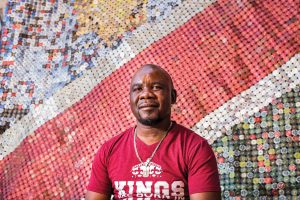
Namibian artist Fillipus Sheehama transforms found objects into powerful mixed-media works that explore inequality, culture and memory. Discover his art and teaching in Windhoek.
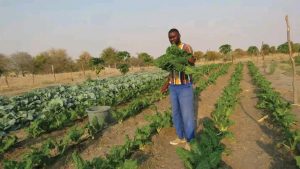
From journalist to full-time farmer, Ileni Nandjato turned his passion for agriculture into a thriving business in Oshana, Namibia – growing crops, raising livestock and
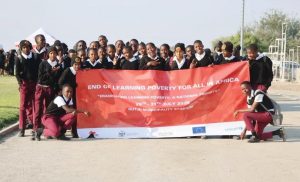
Namibia prioritises foundational learning to tackle education challenges, reduce dropouts, and improve literacy and numeracy. Explore key reforms, progress and the AU’s vision for inclusive